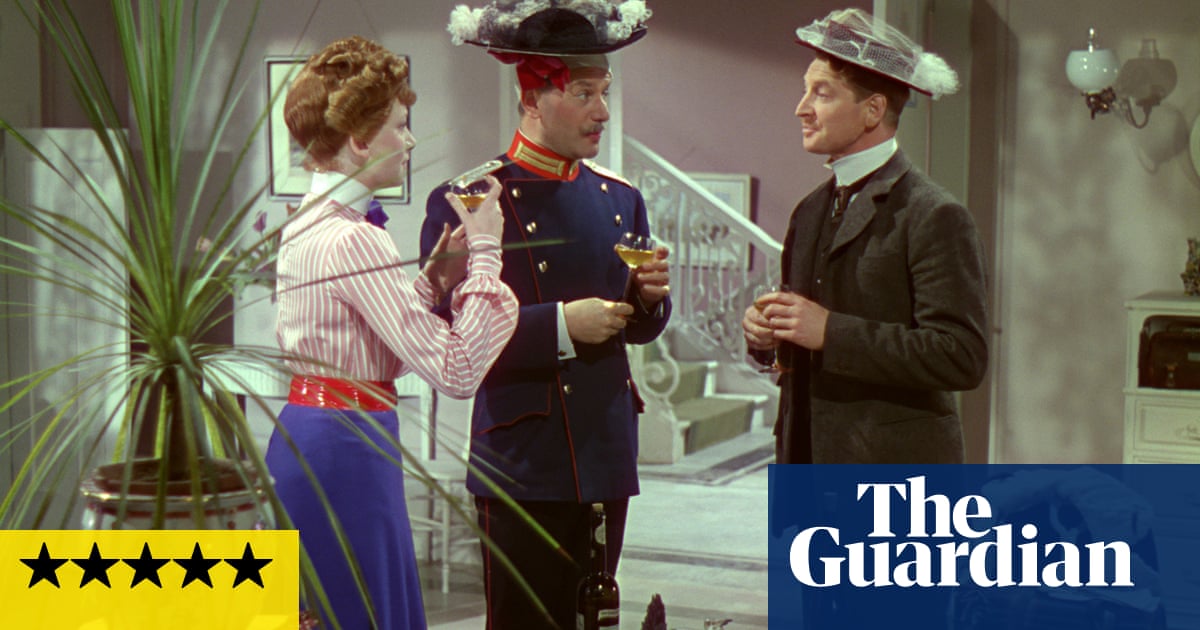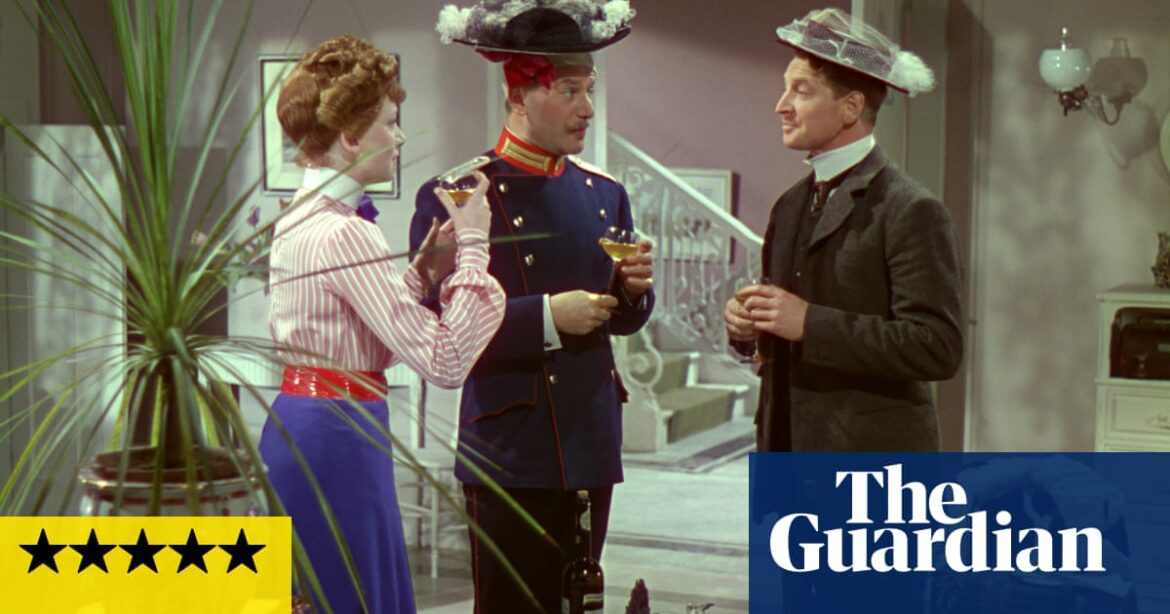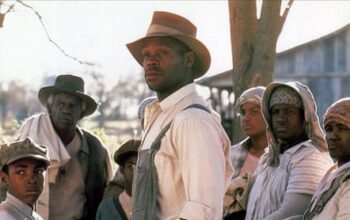
The work of film-makers Michael Powell and Emeric Pressburger is discussed with passion and authority by Martin Scorsese in this richly enjoyable documentary, for which he presents his thoughts and recollections directly to camera. When the British establishment shamed itself by turning its back on these homegrown masters, it took this Italian American film-maker to rediscover them in the 1970s – and now the Powell/Pressburger films almost cannot be seen except through the medium of Scorsese’s glorious evangelism; their movies and his have virtually become intertextual events.
As he takes us through the great Powell/Pressburger films such as The Life and Death of Colonel Blimp, I Know Where I’m Going!, Black Narcissus, Red Shoes and The Tales of Hoffmann, Scorsese also plays clips of his own films, including Raging Bull and The Age of Innocence, showing how he had been influenced by these predecessors. How remarkable that a movie director who came of age in the era of gritty violent realism – precisely that movement which supplanted the romantic idealism of Powell and Pressburger – was to give them a second lease of life.
Famously, or notoriously, Powell had become an un-person in British cinema during the 60s, unable to work after critics and distributors had an immoral panic about Peeping Tom, the satirical horror masterpiece that Powell had directed on his own. The film dared to mention the dark voyeurism and hypocrisy detectable in the movie business, the tatty porn economy that helped keep it afloat and the nasty, un-bohemian reality of Soho and the West End where reviewers went to work every day. (Peeping Tom is, as I keep saying, the middle serial-killer film in the overall P&P canon, together with the “glue man” in A Canterbury Tale and Powell’s TV opera Bluebeard.)
Scorsese, who had discovered the Powell/Pressburger movies on TV, sought out Powell and effectively brought him back to Hollywood where he ended up marrying Scorsese’s inspired editor Thelma Schoonmaker; it was the cine-creative equivalent of a royal alliance. And inevitably perhaps, given this personal connection, his emphasis is on Powell rather than Pressburger, who was himself living in relative English obscurity, although writing novels, one of which was adapted for the cinema. (The biography by Pressburger’s grandson Kevin Macdonald is probably the place to go for an in-depth study.)
But the Powell/Pressburger relationship is one of the most fascinating dualities in movies. They were both credited as writers, producers and directors. “Who called ‘Cut’?” Scorsese remembers wondering as a young man. The answer seems to have been Powell himself, although the directing input of Pressburger was there at a more conceptual level, manifesting itself in their discussions and script conferences, and such a fiercely opinionated man as Powell would naturally never have consented to co-billing without being convinced it was right.
Powell and Pressburger emerge from this film, more than ever, as sui generis: inventors of their own kind of film, gentleman amateurs of cinema in some ways – although Powell had served a rigorous apprenticeship working for the Irish silent movie director Rex Ingram. But in a way the Powell/Pressburger movies were a kind of manuscript culture in cinema; they did what they wanted, as if their work was only to be circulated among like-minded souls.
Scorsese shows that wartime and the need for propaganda were strictures that paradoxically liberated them to make films which certainly didn’t look like propaganda (in contrast, for example, to In Which We Serve or Mrs Miniver). In fact, The Life and Death of Colonel Blimp from 1943, with its irreverent attitude to the military and the insistence on the existence of good Germans, was famously disliked by Winston Churchill. The result was a movie poetry quite different from anything anyone could have dreamed of, although with the war movie The Battle of the River Plate in 1956 they showed they could do straight genre pictures when required.
The title of this film – Made in England – is of course what was stamped on the screen at the end of their Tales of Hoffmann. But Scorsese allows us to absorb the tacit paradox that their films were also made in Hungary, in Germany and in France. Powell and Pressburger were an international powerhouse, not a little-Englander sentimentality factory.
after newsletter promotion
Source: theguardian.com



